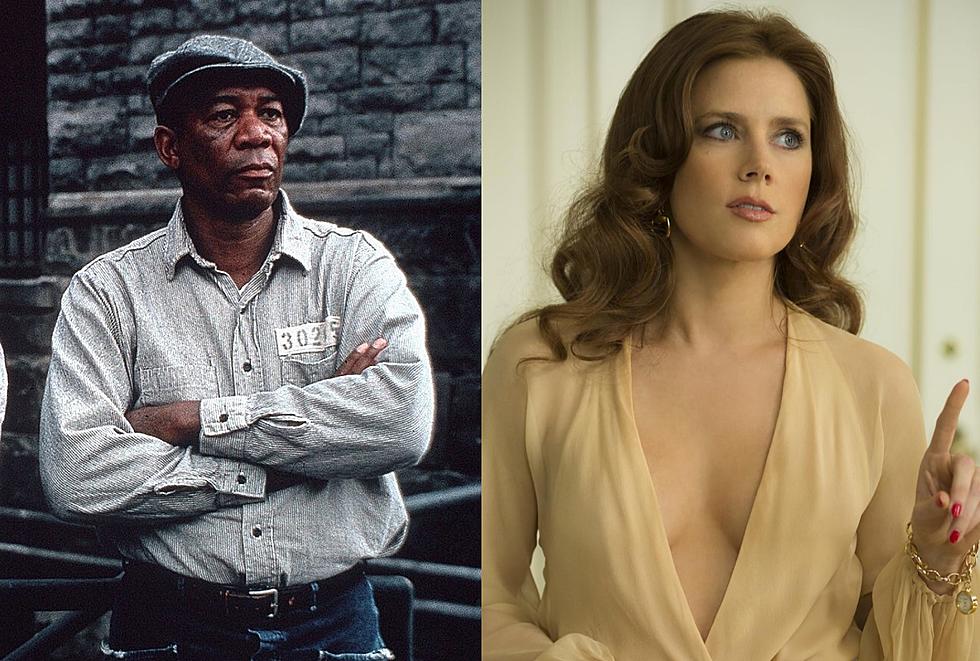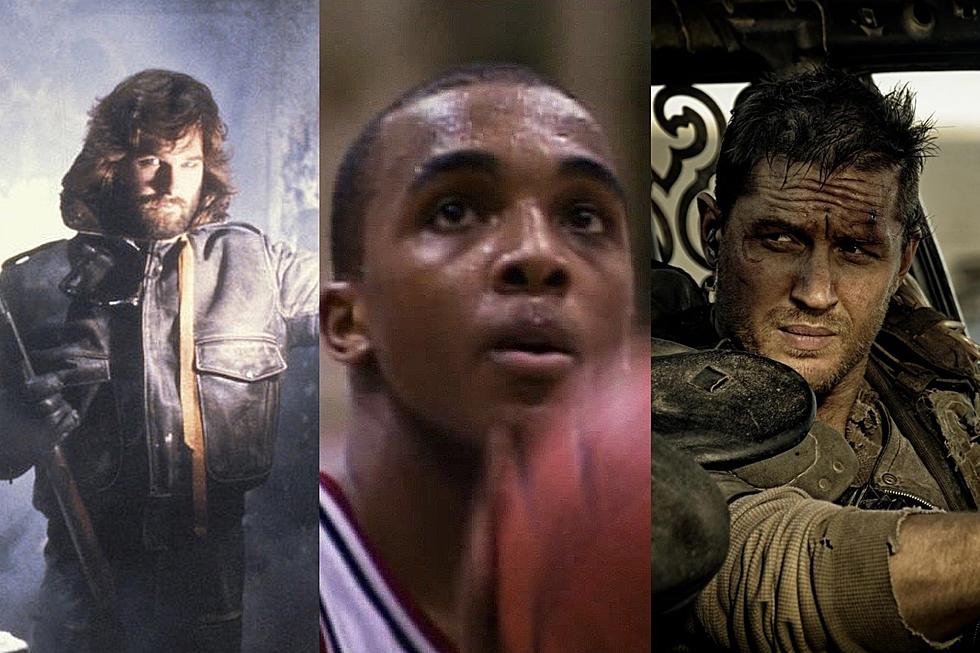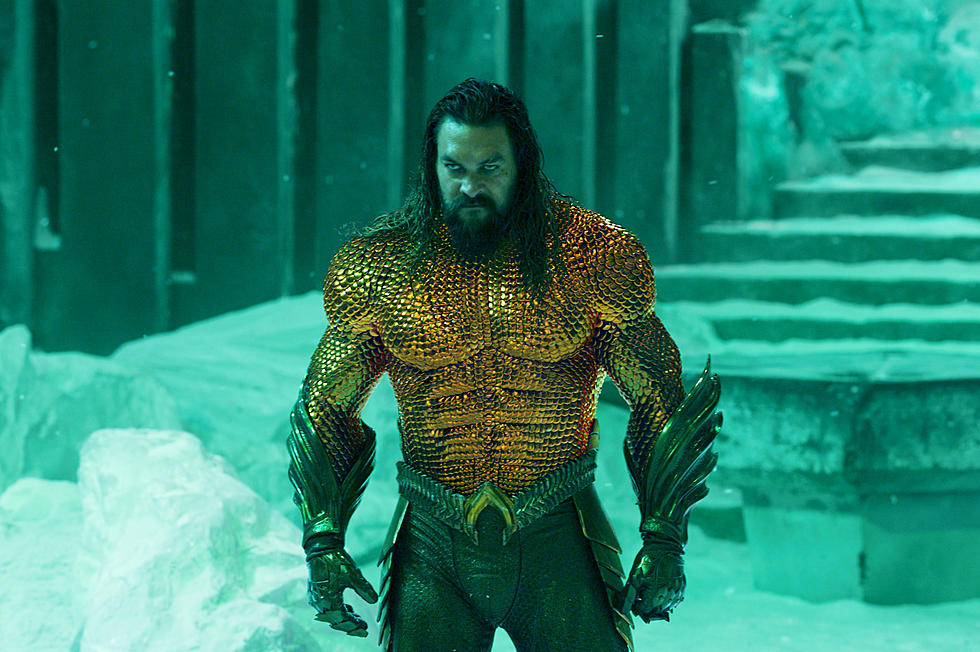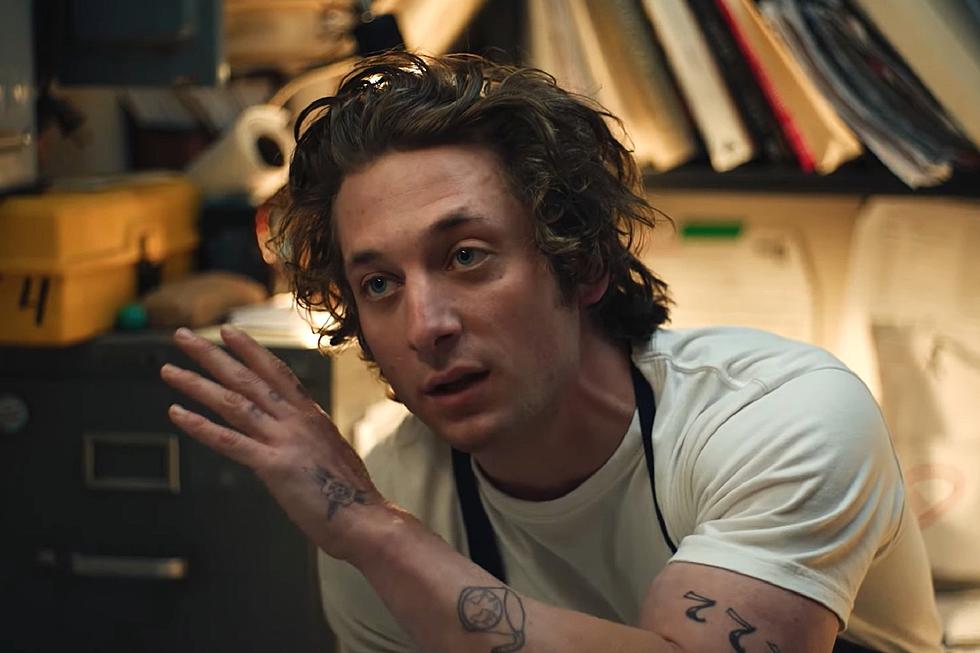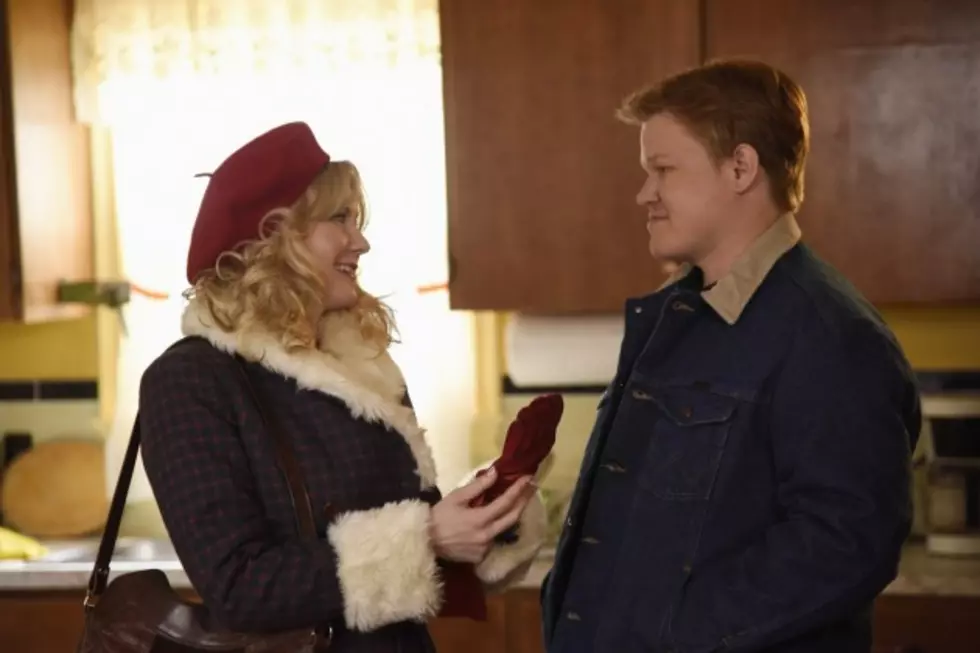
Review: ‘Fargo’ Season 2 Returns With Excellent Performances Holding Up a Lukewarm Plot
It’s a rare occurrence when one writer takes another’s story and adapts it into an entirely new creature of its own, outside of imitation or homage. It’s even more rare when that writer reinvents his adaptation yet again for a second installment. Noah Hawley did that last year with Joel and Ethan Coen’s 1996 dark comedy Fargo, easily one of 2014's best TV series. Now Hawley’s doing it all over again, adopting the anthology format for a second season of FX’s Fargo, taking the seeds from the Coen brothers’ classic and planting them in another original, bizarre field. But even the creative brilliance of sowing something new can lead to watching a very slow, tepid growth.
While the Emmy-winning first season of Fargo followed a series of murders in the titular North Dakota city set in 2006, Season 2, which premieres on Monday, takes us back to the Jimmy Carter era. But you need not be familiar with the first season to watch the second, as is the beauty of the anthology series. The only main connection is Keith Carradine’s Lou Solverson, a retired state trooper running a coffee shop in the show’s first season. In Season 2 we meet Lou as a young married trooper, played by Patrick Wilson. Set in 1979, the second season follows a complex narrative woven around a set of characters in Fargo and Luverne, Minnesota, all of whom have a tendency of evil lurching beneath their facial hair and flannel jackets. The first four episodes of Fargo, which were provided to press in advance, feature another brand new crime story tinged with oddball humor and sudden bursts of violence.
The first episode kicks off with a gruesome triple homicide in a waffle house, because like the dark world of the Coen brothers’ Fargo, the worst horrors can happen abruptly in the most innocent of places. Wilson’s Lou begins investigating the case with his father-in-law, Ted Danson’s Sheriff Hank Larsson. But like Frances McDormand’s Marge and Allison Tolman’s Molly in original film and Season 1, respectively, the women are still the sharpest ones around, despite the rampant misogyny of the era. (In one episode, Jeffrey Donovan’s Dod Gerhardt, eldest and most hostile member of the local crime family, says in protest, “Boss can’t be a woman.”) While the men fail to see the full picture, hindered by a need to use violence as solution or by their post-war anxieties, the women around them perceive situations with more practicality. As the cop sits outside the crime scene stumped, it’s his wife who stumbles upon the murder weapon and connects the dots.
That’s the kind of world Fargo Season 2 gorgeously captures, where the slow pace of the late 70s midwest suddenly doesn’t feel as safe and comfortable as it used to. “After WWII, we went six years without a murder here,” Danson’s Hank tells his son-in-law in one scene. “These days, I sometimes wonder if you boys didn’t bring the war home with you.” While the older men of Luverne and Fargo fought in WWII, the younger have been tainted more recently by the horrors of Vietnam. And in Hawley’s world, war is just beginning yet again.
The main plot of Season 2 follows a Kansas City mob attempting to infiltrate a family-run criminal empire, but the malevolence creeps into the most unexpected of citizens. Kirsten Dunst’s Minnesota hair dresser Peggy Blomquist, easily the season’s most intriguing character and Dunst in her best performance since Melancholia, gets herself oddly mixed up in the central crime. But the violence occurs in bizarre, unexpected spurts, integrated into the monotony of everyday life. One Native American hitman (Zahn McClarnon) talks with a young girl while skinning a rabbit before popping a bloody organ into his mouth. A Gerhardt brother casually orders a chocolate glaze donut after attacking two men with a stun baton. Evil and darkly goofy humor seep in and out of Fargo as easily as an out-of-towner checking in to a seedy motel. But unlike the tightly-wound tension and quirky comedic release of the Coens’ film and Season 1, the second installment of Hawley’s series doesn’t always hit the mark.
Slow-burning television is usually worth the wait when there’s a cast as talented as Fargo’s, and overall the fantastic performances are what carry the first four episodes of the new season. From Jean Smart’s shrewd, unyielding Gerhardt matriarch, Wilson’s restrained Lou, a delightfully great Jesse Plemons as dopey butcher Ed Blomquist, Nick Offerman’s conspiracy theorist Karl Weathers, Bruce Campbell’s Roland Regan in a bunch of faux Regan movies and Kieran Culkin’s desperate-for-glory runt of the family, there’s a surplus of fantastic characters worthy of each moment of their screen time.Yet as much as Fargo is a praiseworthy, original series of high cinematic caliber, from its stunning cinematography to sharp direction, the ultra-slow-boiling plot may challenge viewers’ patience.
Much of the first episode is spent introducing the characters, done with a rather pretentious use of split-screen storytelling. Yet even after the episode ends, little is left to be desired. With the central murder already shown to the audience, watching a set of bumbling police officers try and figure it out over the first four hours turns irksome. While the morally conflicted Lester Nygaard in the first season contrasted with bad guy Lorne Malvo’s sinister charm kept each episode ripe with tension, there are few characters this season compelling enough to keep the season’s pulse alive on their own. But as a whole, this year’s ensemble provides an humorous and dark array of characters that, together, help fill the holes of Hawley’s strung out script.
As interesting a character study as Fargo can be at moments, the season is weakened more so by an added sci-fi element that four episodes in still has no clear connection to the plot. A UFO sighting and mentions of “strange happenings” and “visitors” are sprinkled throughout, but feel added to make up for the main plot’s lacking sense of mystery. While my distaste for supernatural happenings in a realistic (though clearly hyperbolic at times) dark comedy may be a bias of my own, I can’t help but shake my head when any non-sci-fi show introduces a UFO in its first episode. If these characters are strong enough, why does Hawley need to rely on the supernatural for intrigue? Had allusions to alien activity served more as a metaphor of the American midwest anxiety toward foreign invasion, or a fear of the future, perhaps it would’ve worked. But if one of these characters gets abducted, I may have to tune out until Season 3.
But here’s to hoping Hawley pulls it all together with an added volt of energy. Even as low as Fargo turns down the heat, everything feels intentional and significant, from a close-up of a swinging diner door to the Garhardt’s kitchen table always replenished with fresh Challah. Whether that symbolism is rich with meaning that brings the plot full circle or is merely my hope for it to do so is up to the final six episodes to reveal. Until then, I feel as apathetic to Season 2 as the aloof butcher shop employee repeatedly answering “OK then” without looking up from her book. OK then.
More From ScreenCrush


